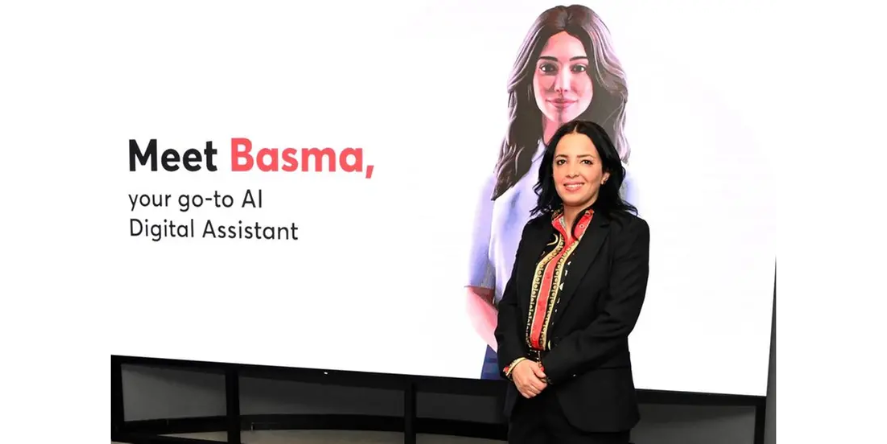It can be challenging for organizations to decide between staff augmentation and project outsourcing to bring specialists to their teams. Why should there even be a debate about staff augmentation vs outsourcing in the first place? Specialists drive innovation, solve complex problems, and promote growth, so the hiring process must be conducted with utmost care.
The traditional hiring process of specialists has its challenges. Companies often face high costs, lengthy recruitment cycles, and limited access to top talent. To address these issues, new hiring models have emerged, offering alternative approaches to sourcing and hiring specialists, such as outsourcing vs. staff augmentation.
Traditional Hiring Practices
Traditional hiring practices such as job boards, recruitment agencies, and internal referrals have been the go-to methods for companies aiming to fill available positions. While these practices have some advantages, they also have certain limitations. Job boards and applications can lead to several resumes, making it challenging to identify qualified candidates.
Recruitment agencies provide access to a wider talent pool but can be expensive and may not always prioritize the hiring company’s requirements. Internal referrals can be advantageous for tapping into existing networks. However, they may not always provide the necessary diversity of talent required for specialized roles.
Limitations of Traditional Approaches
Conventional hiring methods have several drawbacks. The expenses related to posting job advertisements, hiring recruiters, and conducting interviews can quickly accumulate, especially for specialized roles that demand thorough vetting.
The time-consuming recruitment process can cause delays in filling vital positions, which can affect productivity and growth. Traditional approaches often rely on a limited talent pool, which restricts the diversity of opinions and abilities within the organization.
Emerging Hiring Models
Due to the limitations of traditional hiring, companies are looking for new ways to find and hire specialists. To combat these issues, businesses are turning to alternative hiring models. These models include freelance and gig platforms, which provide access to a large talent pool of independent contractors. This allows companies to quickly onboard specialized talent on a project basis.
Remote work has also become increasingly common, which enables companies to hire talent from all over the world and overcome geographical barriers. Skill-based assessments and competency testing offer an objective way to evaluate candidates’ capabilities, which helps companies identify the right fit for specialized roles based on their skills and expertise.
Staff Augmentation vs. Project Outsourcing
Project outsourcing vs. staff augmentation—which is better? Both project outsourcing and staff augmentation have strengths, depending on what you are looking for. Staff augmentation and outsourcing are strategies that many companies use to fill specialized roles in addition to freelance platforms and remote work.
Staff augmentation is a temporary solution that involves hiring external experts to work alongside existing teams, providing additional knowledge and capacity as necessary. This model enables businesses to scale their teams quickly in response to changing project needs without committing to full-time staff.
Сontrariwise, outsourcing involves contracting third-party vendors to manage specific tasks or projects, particularly in areas lacking internal expertise. While outsourcing is cost-effective and efficient, it requires careful selection and management of vendors to ensure quality and alignment with organizational objectives.

Hybrid Approaches
A growing number of businesses are integrating traditional and modern recruitment methods, like outsourced staff augmentation, to create hybrid approaches. With advanced technologies and data analytics, companies can simplify hiring, identify high-potential candidates more efficiently, and make informed hiring decisions based on data. Businesses can also proactively approach engaging with potential candidates, cultivating relationships, and establishing a pool of qualified candidates for future openings by establishing talent communities.
Best Practices for Effective Specialist Hiring
To ensure the efficient hiring of specialists, organizations should adhere to a set of best practices. First and foremost, it is critical to establish precise job requirements and desired skills in advance to attract suitable candidates. In addition, companies should leverage multiple channels for talent acquisition to broaden their reach and connect with candidates where they are.
Prioritizing soft skills and cultural alignment is fundamental to building cohesive teams that work together effectively. Finally, implementing thorough screening and evaluation procedures can assist companies in identifying top talent and making informed hiring decisions.
Final Words
Staff augmentation vs. project outsourcing—which is better? This article has answered the question and also discussed outsourcing vs. staff augmentation, helping you decide which approach may be better suited for your needs. In a highly competitive job market, companies must remain flexible and creative in their hiring strategies to attract and retain top talent.
Blog received on mail















